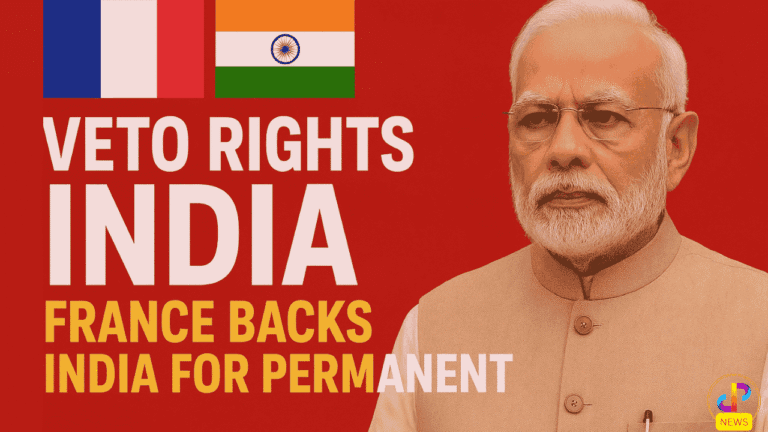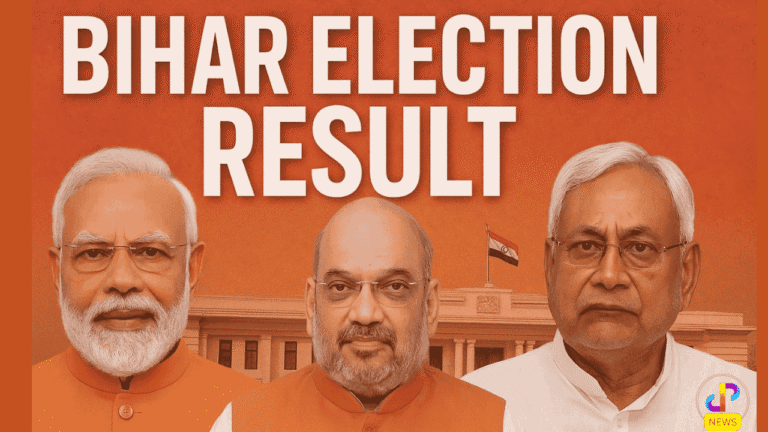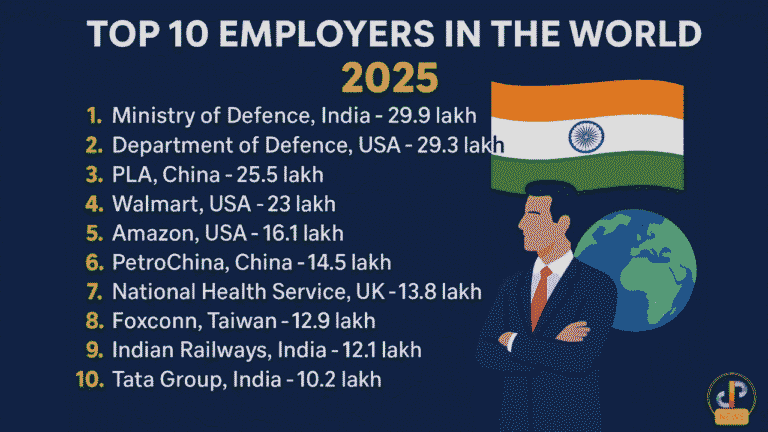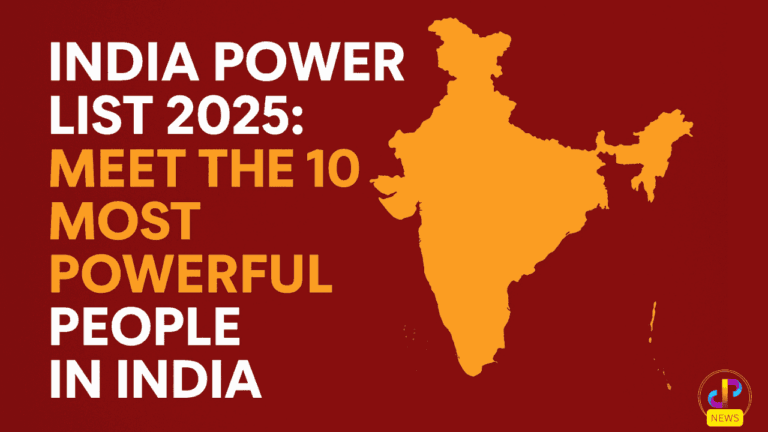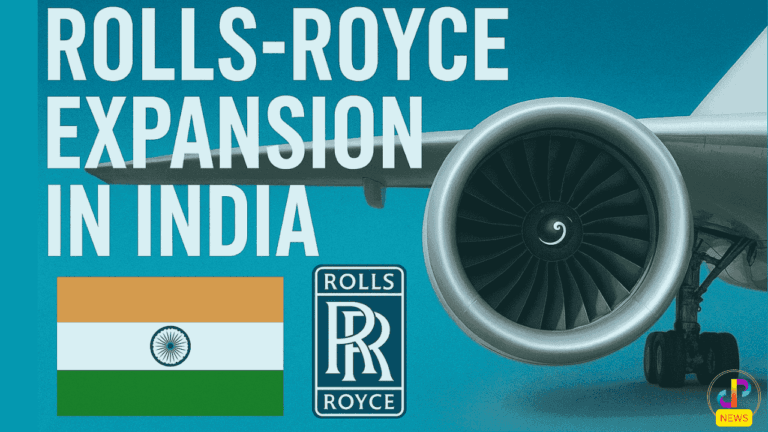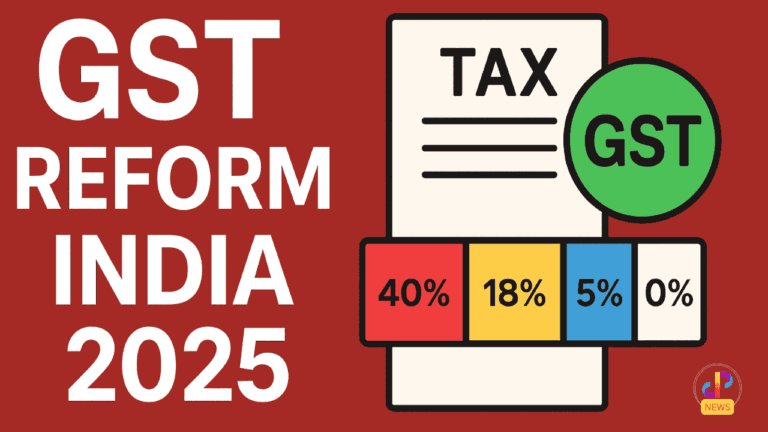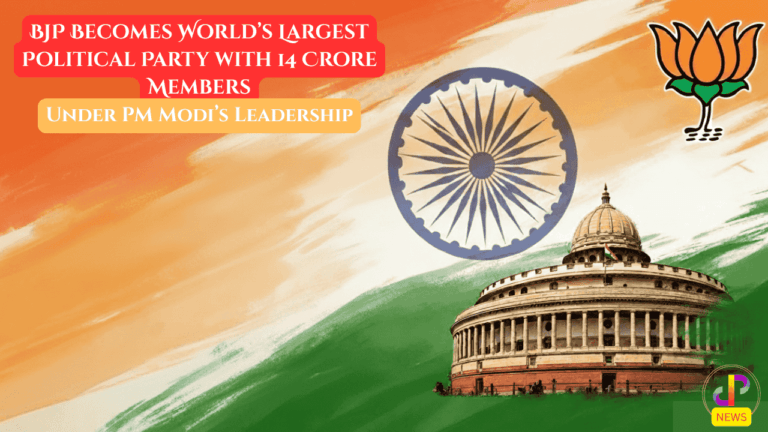Tax on Different Items in India: How PM Modi’s GST Reforms Transformed Everyday Life
Tax on Different Items in India – Overview:
The tax structure on essential and everyday items in India has undergone a historic transformation under the leadership of PM Narendra Modi. The Modi government’s Goods and Services Tax (GST) has replaced the complex and high tax rates from the Congress era, bringing relief to common citizens and businesses alike.
From sanitary napkins to chocolates, and from detergents to household appliances, the difference in tax rates between the Congress era and the PM Modi era is substantial. Items that were previously taxed up to 30% are now taxed as low as 0% to 18%, depending on the category.
✨ This reform reflects a decisive move towards simplified taxation, economic growth, and citizen-friendly policies.
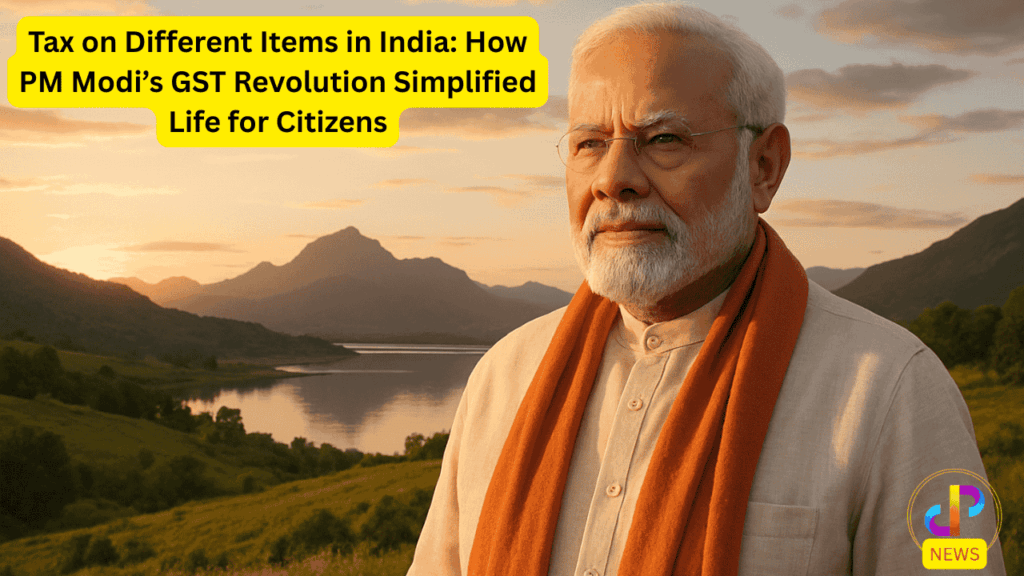
Key Changes in Tax Rates – Tax on Different Items in India:
| Item | Congress Era | PM Modi Era |
|---|---|---|
| Sanitary Napkin | 13% | 0% |
| Sweets | 18% | 5% |
| Footwear | 18% | 5% |
| Restaurants | 21% | 5% |
| Mineral Water | 30% | 5% |
| Shampoo | 30% | 5% |
| Coffee | 30% | 5% |
| Detergent | 30% | 5% |
| Toothpaste | 30% | 5% |
| Cement | 30% | 18% |
| TV | 30% | 18% |
| Fridge | 30% | 18% |
| Washing Machine | 30% | 18% |
| Chocolates | 30% | 18% |
💡 Insight: Everyday essentials such as sanitary napkins, sweets, coffee, and detergents now have much lower tax rates, making life more affordable for Indian citizens.
Impact of Tax on Different Items in India on Citizens and Businesses:
The reduction in tax on different items in India has a direct impact on both consumers and businesses:
Consumers: Lower prices on essential items improve purchasing power and reduce financial burden.
Businesses: Simplified GST reduces compliance costs, eliminates multiple tax layers, and encourages entrepreneurship.
Overall Economy: Transparent taxation attracts investment, boosts economic growth, and promotes a fair business environment.
💼 Pro Tip: Understanding these tax changes can help citizens plan household budgets better and make informed purchase decisions.
The Modi Government’s Vision Behind Tax on Different Items in India:
The government’s move to streamline taxation through GST is aimed at:
Ending the “tax terrorism” of the Congress era.
Bringing a uniform tax system across states.
Reducing the burden on essential commodities.
Encouraging formalization of businesses and boosting revenue efficiently.
🔹 According to experts, this reform in Tax on Different Items in India has significantly reduced the cascading effect of multiple taxes, simplified compliance, and improved the ease of doing business in India.
Final Thoughts – Tax on Different Items in India:
The tax reforms under PM Modi’s leadership have transformed India’s economic landscape. Citizens enjoy lower taxes on essential items, businesses benefit from simplified compliance, and the economy moves towards sustained growth.
🔥 The difference in Tax on Different Items in India between the Congress era and the Modi era clearly shows how GST has eased financial pressure on citizens while promoting transparency and efficiency.
📢 Stay Connected with Digital Preeyam News – Your Guide to Top India News:
🌍 More than news—Digital Preeyam News brings:
✅ Real-time updates on Indian politics, economy, and GST reforms
✅ Insights into financial and consumer-friendly policies
✅ Inspiring stories and analysis on governance and reforms
📩 Subscribe now to stay informed on how government policies impact your daily life.
Writer:
Preeyam Kumar Prasad
(Digital Preeyam)
Social Media Profile:
❓ Frequently Asked Questions (FAQs):
Q1. What does the term ‘Tax on different items in India’ mean?
Answer: The term refers to the various tax rates applied to goods and services in India. With the introduction of GST under PM Modi, taxes on everyday items like sanitary napkins, sweets, and household products have been significantly reduced and simplified.
Q2. How has GST changed the tax on different items in India?
Answer: GST replaced multiple taxes from the Congress era with a unified system. Essential items like coffee, detergent, and toothpaste now have lower rates (5–18%) compared to previous high taxes of up to 30%, easing financial pressure on citizens.
Q3. Which items in India saw the highest reduction in tax under PM Modi’s GST?
Answer: Items like sanitary napkins, sweets, footwear, and restaurant meals experienced the highest reduction, with taxes dropping from as high as 30% in the Congress era to 0–5% under GST.
Q4. How does the reduction in taxes impact Indian citizens?
Answer: Lower taxes on essential items increase purchasing power, make everyday goods more affordable, and reduce the overall financial burden for families and individuals.
Q5. How do businesses benefit from the new tax structure on different items in India?
Answer: Businesses enjoy simplified compliance, reduced paperwork, and a transparent tax system, encouraging entrepreneurship and reducing operational costs.
Q6. What was the government’s vision behind changing the tax on different items in India?
Answer: The Modi government aimed to eliminate complex taxation, standardize taxes across states, reduce the burden on essential goods, and promote formalization of businesses for sustainable economic growth.
Q7. Where can I find updates on tax reforms and GST in India?
Answer: Digital Preeyam News provides real-time updates, insights, and detailed analysis on Indian taxation, GST reforms, and policies affecting citizens and businesses.


